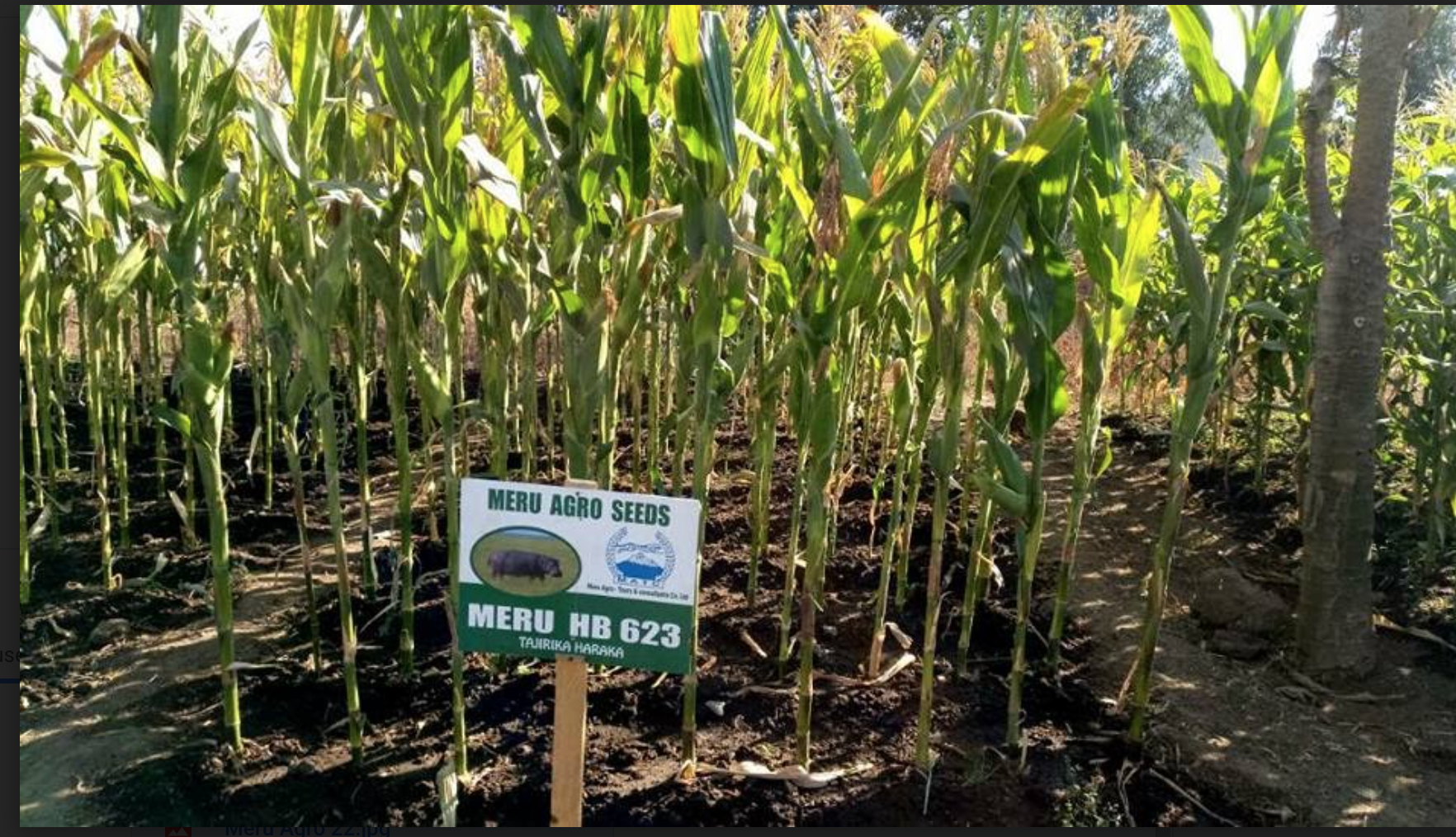Because they aren’t satisfied with poverty as a way of life
Across sub-Saharan Africa, roughly 70 percent of the population works in agriculture, almost all of it small-scale. It stands to reason, then, that if African smallholder farmers become prosperous, they will change the continent forever.

It is well established that agricultural growth is the best poverty fighter there is. This has been true throughout history, going all the way back to Europe in the eighteenth century and all the way up to China just a generation ago. Globally, economic growth that comes from the agricultural sector is at least twice as effective as other kinds of economic growth at driving down poverty rates. In sub-Saharan Africa, it is more than eleven times as effective.
But agricultural development is not just about reducing poverty; it’s about triggering economic growth too. The landmark 2008 World Development Report makes a powerful case for an agriculture-first development strategy in predominantly rural countries, especially in those in sub-Saharan Africa. Gradually, as countries grow, they diversify, and fewer people are employed in agriculture, but the history of the worlds’ strongest economies shows that this process cannot begin without an agricultural transformation.
Inshort, the future of Africa depends on the future of the largest segment of its society — smallholder farmers.
Unfortunately, the leaders who hope to bring Africa into the future have not as a rule prioritized agriculture. Many see agriculture as a vacuum that sucks up resources and gives little in return and choose to concentrate instead on more glamorous sectors. Others are discouraged by the fact that agricultural progress is generally slow; quick gains are difficult to sustain. Some leaders who do prioritize agriculture don’t look through the very specific lens of the African smallholder, focusing instead on commercial farming, which is irrelevant to four out of five farmers on the continent. As a result, smallholder agriculture is a poverty trap.
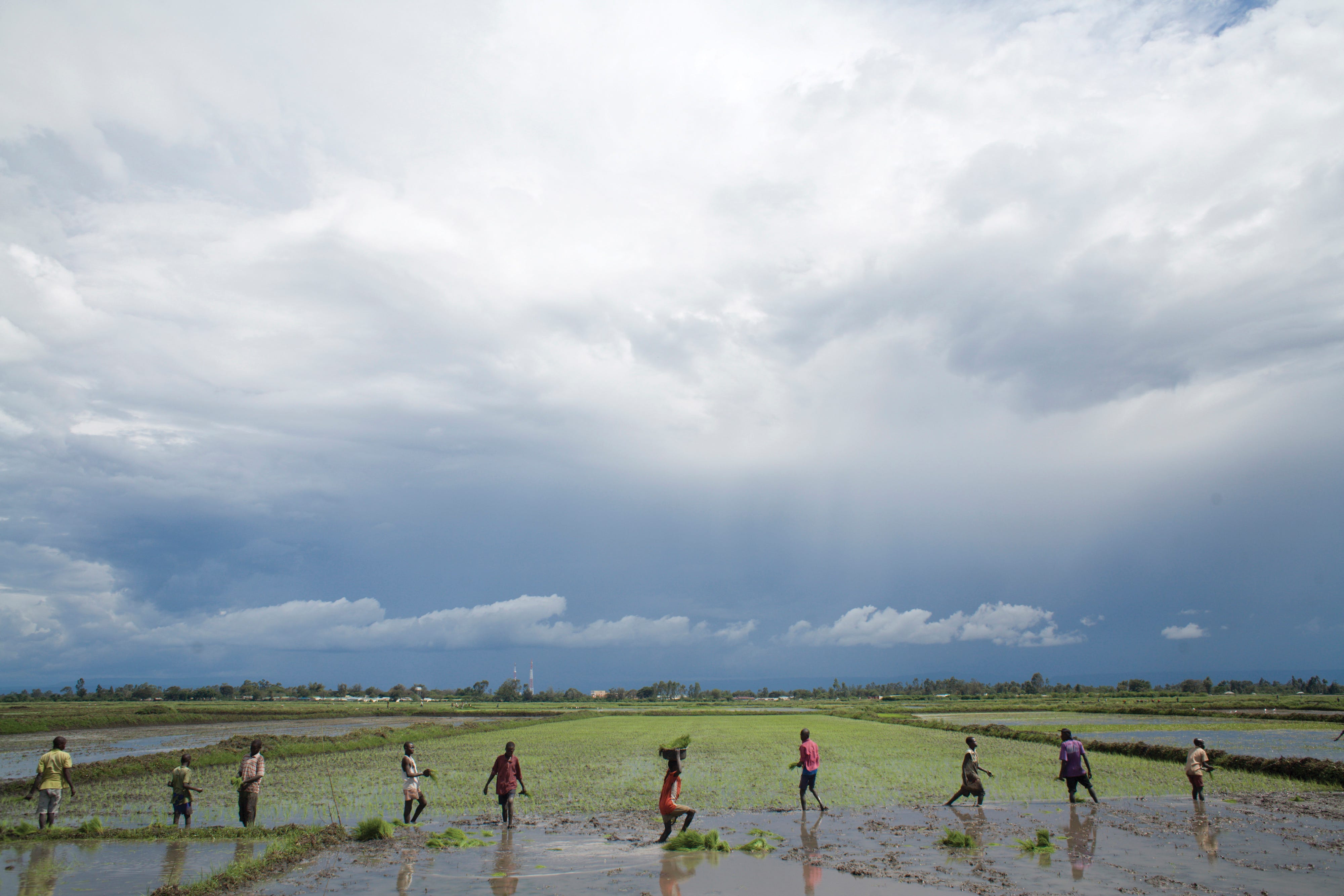
I believe that it does not have to be. I believe that smallholder agriculture is, instead, the next engine of economic transformation for Africa. Sub-Saharan African job growth between 2010 and 2020 will be predominantly in agriculture and the informal sector.
Africa’s food market, boosted by a growing population and a growing middle class, is estimated at 1 trillion dollars by 2030. Right now, billions of dollars of that food is imported from other countries. If smallholder farmers can become “agropreneurs,” they can take advantage of this market and replace many of those imports with domestically grown produce. In fact, I would say that there is literally no scenario for the broad-based development of sub-Saharan economies that does not focus on smallholder farmers.
But this development needs to gain momentum. In 2003, the member states of the African Union agreed to the Comprehensive Africa Agriculture Development Program (CAADP), which included a pledge to spend 10 percent of their budgets on agriculture. In the decade-plus since then, only 30 of 54 countries have signed
CAADP compacts and only 13 of these have reached the 10 percent threshold. In these countries, however, poverty levels are falling and food security and nutrition rising. The rest of the continent must follow these nations’ lead.
The key need in African agricultural development, I believe, is an intellectual paradigm shift: finally focusing on the smallholder farmer. That means believing in agriculture, and smallholder agriculture in particular, as the foundation of inclusive economic growth for the continent. It also means understanding smallholders and forming the development agenda around them, instead of trying to fit them into an idea of the way development is supposed to happen. If smallholder farmers are front and center, we will understand their aspirations, see the obstacles in their way, and make investments and policies that clear those obstacles away.
The beauty of this approach is that if we empower smallholder farmers to achieve their aspirations, they will do much of the heavy lifting of development themselves.
Subsistence Farmers and the Logic of Security
Many agricultural experts think in terms of “agro-ecologically possible yields” — in other words, how much crop a farmer could theoretically get out of a piece of land if she did everything she could to maximize it. Most smallholders’ farms produce a fraction of what’s agro-ecologically possible, in large part because they tend not to use improved seeds or fertilizers. In Uganda, for example, 87 percent of smallholders use saved grain as seed. In Asia, where only a generation ago a new understanding of the link between smallholding and economic growth led to changes in land tenure and financial systems, fertilizer use is already more than fifteen times greater than in Africa.
It is easy to assume that farmers who do not adopt technologies to boost their productivity — the Alliance for a Green Revolution in Africa’s (AGRA) experience has shown that doing so can quadruple farmers’ yields — are simply irrational. This assumption is not only wrong, it is also dangerous, because it prevents both real analysis of what’s preventing adoption and rigorous thinking about effective reforms to promote it. In short, it is very difficult to come up with the right solution to the wrong problem.

Over time, smallholders have created their own informal but highly rational system based on a logic of security. Most live on the edge of destitution, and the first filter they apply to every single decision they face is what will prevent them from falling over the edge.
Eighty percent of agricultural land on the continent is cultivated by smallholders who manage parcels of two hectares or less. Most smallholder farmers can’t afford to buy food or pay laborers, so they must produce everything they need using their own land and labor and whatever rain happens to fall — which is getting less predictable as climate change sets in.
Smallholder farmers spend virtually all of their time either working or thinking about their land, their only asset, so they are extremely attuned to the environment. They rely on seeds they inherit or get from their neighbors because they know how they will perform. They know which banana variety has the right taste and is therefore fit for a gift for in-laws. They know which seeds tolerate drought. They know that some crops will fail in a rain-fed system, so they mix crops to hedge against a spotty harvest.
If they get a little extra money, they won’t buy improved “miracle seeds” or technology unless they can be absolutely sure of the results; the tried-and-true unimproved material simply has too long a long track record. Reported yields under improved conditions in test fields aren’t enough. The same goes for chemical fertilizer. In smallholders’ security-first system, the proof is in the pudding. (Scientists, by the way, are finding that they like the taste of that pudding; the Consultative Group for International Agricultural Research and other research systems have started incorporating indigenous knowledge in their breeding work.)
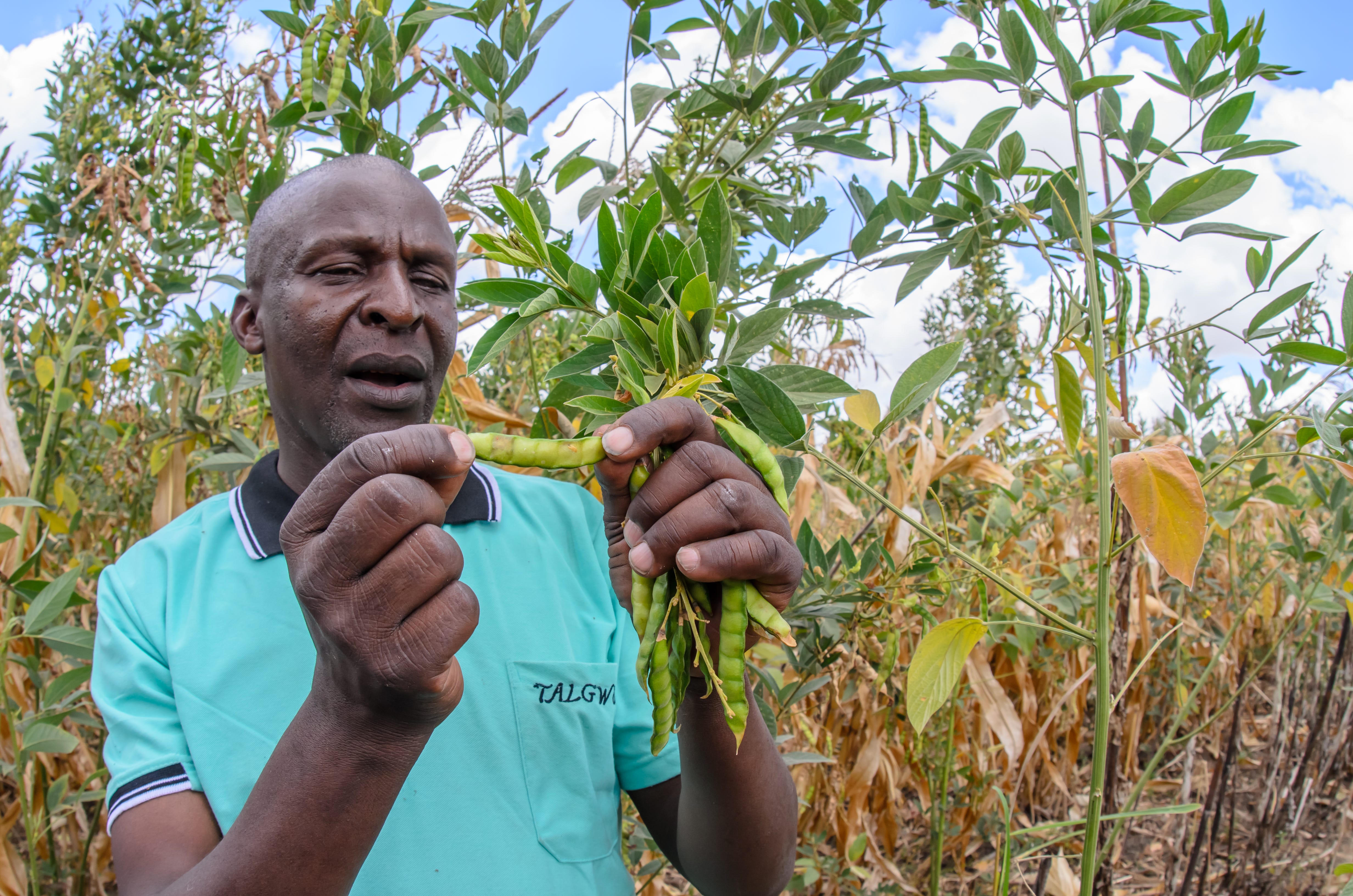
Even if farmers were willing to assume the risk of untested seeds and fertilizers, however, they have no incentive to produce more than their families can eat unless they can sell the surplus, and many can’t. The most isolated farmers simply don’t have access to markets at all. In the Democratic Republic of the Congo, the eleventh largest country in the world by geographical area, there are fewer than 1,500 miles of paved road, about the same as in a middle sized American city.
Even farmers who can get their produce to market are rarely able to do so efficiently. By necessity, many hire a series of middlemen to handle the transport. These middlemen take a big cut — and they may or may not be paying the farmers a fair price in any case, because smallholder farmers have no reliable way of knowing how much their crops are fetching at market.
Since smallholder farmers don’t usually have access to post-harvest storage, and since they almost always need money as soon as harvest comes, they usually sell everything they have immediately. This leads to annual price crashes that cut into their already meager profits.
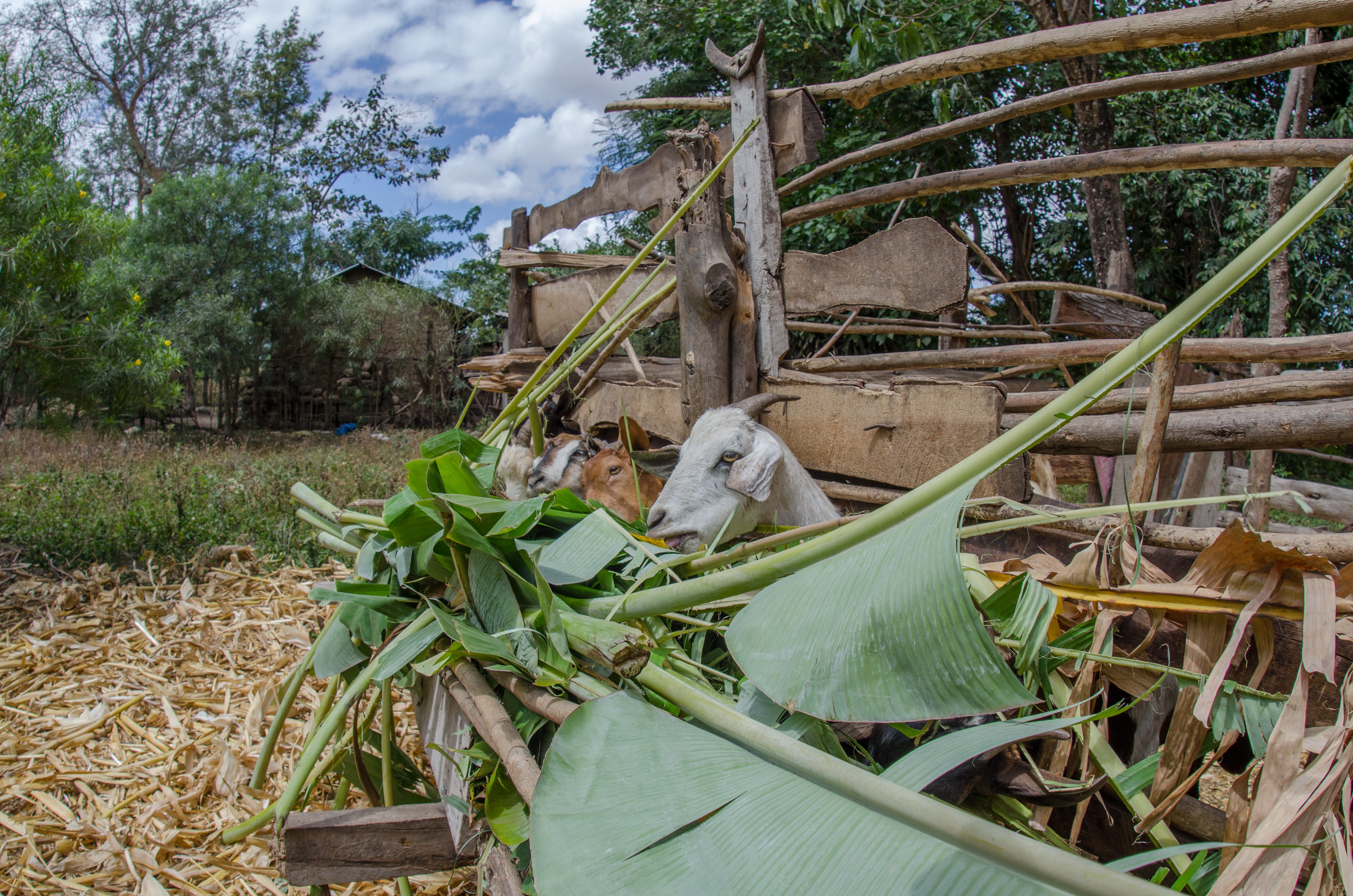
Development From the Smallholder’s Perspective
It should be clear that smallholder farmers aren’t satisfied with poverty as a way of life. Rather, they are responding to the conditions they face, and they take the steps within their power to improve those conditions. Country governments and the development community can help give them better options by moving agricultural products and services closer to communities: training that reaches them with the latest knowledge, improved seeds and fertilizer they can afford to use, and markets that maximize the value of their assets.
There are two ways to do this. The first is to move products and services physically. In Rwanda, for example, there is such a high level of fragmentation that we didn’t know if we could reach every farmer with trainings and vouchers for seeds and fertilizer. As a result, we changed our policies so that our extension agents worked with groups rather than individual smallholders. What became the Crop Intensification Program ultimately enabled us to reach farmers with the tiniest parcels of land in the most remote areas.
In parts of Kenya, Tanzania, and Mozambique, AGRA and other organizations have helped nongovernmental organizations and the private sector give smallholders access and knowledge by working with trusted local people who take charge of training and who sell them seeds, fertilizer, and other supplies. These local extension agents live with the people they’re working with, so they find appropriate technologies and demonstrate them in situ. Unlike many suppliers, the extension agents tend to sell products in small batches, to take some of the risk out of trying new technologies.
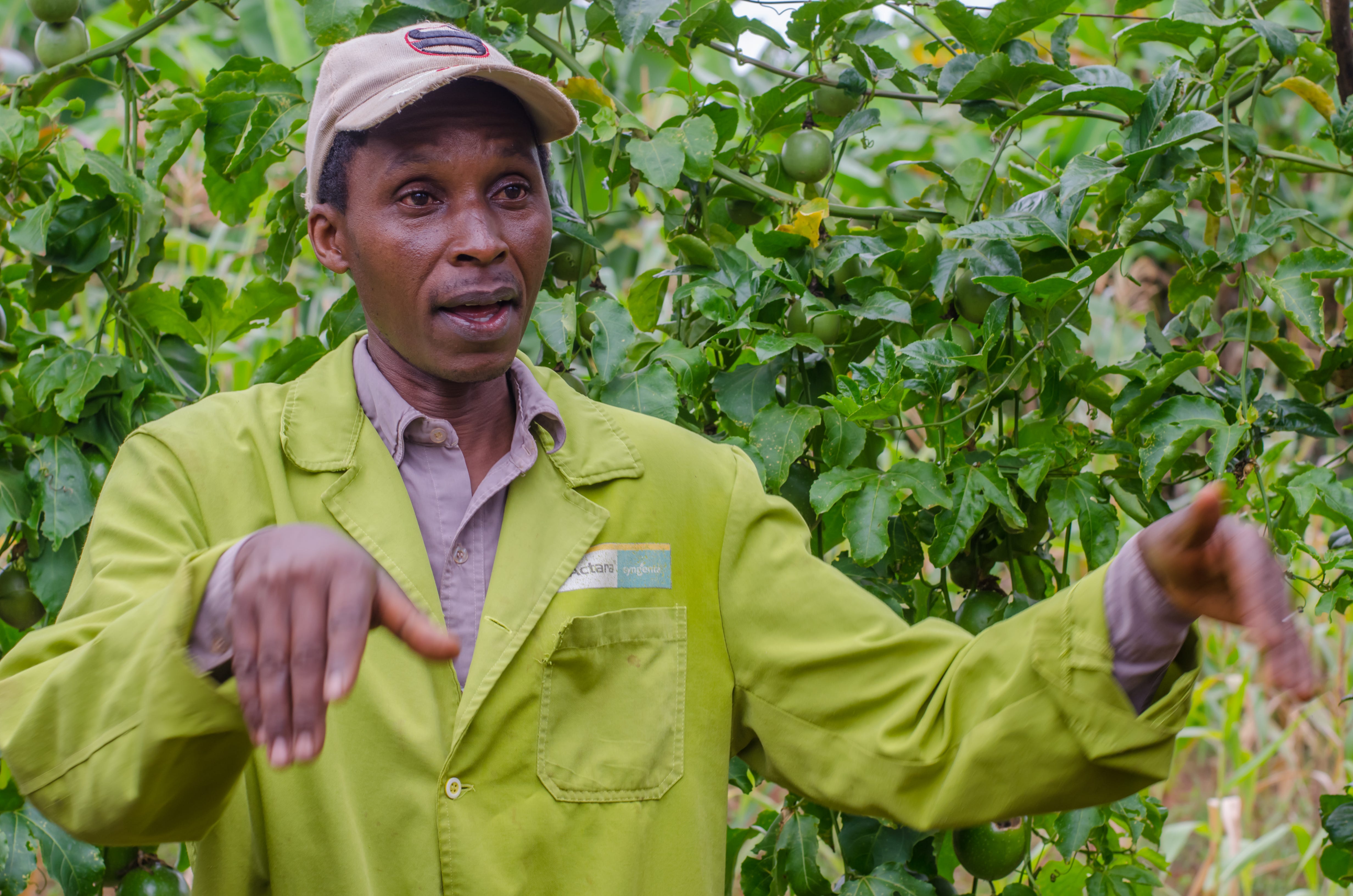
This peer-to-peer system costs the government nothing; it is paid for by the private sector and by the farmers themselves. It is working. In the village I visited, adoption rates were as high as 70 percent.
The second way to overcome the geographic challenges smallholders face is to do it digitally. More than 750 million rural Africans already use mobile phones, and rural connectivity averages 70 percent. If these people are given straightforward mobile apps that give them relevant, accurate information — apps developed by technology and agriculture professionals working together — then the isolation of even the most far-flung, sparsely populated communities will be a thing of the past.
Bypassing Africa’s Infrastructure Challenges With Digital Technology
The digital connection of smallholders has already begun. Nigeria, with 89 percent cell phone ownership, recently launched its eWallet program, which delivers seed and fertilizer vouchers directly to farmers through their phones. In its first year alone, the program enabled 1.7 million farmers to buy $10 million worth of seeds and $100 million worth of fertilizers and to produce an additional 8.1 million metric tons of food. This is the sort of success that will cut the cost of financial services in rural communities by as much as 50 percent and give farmers both access to credit and the means to mobilize it. Soon more nations will join Kenya, Rwanda, Nigeria, and Ghana in adopting pro-technology strategies and regulatory frameworks to allow technology to spread among smallholders even farther, faster.
The exciting thing about communications technology over the long term is that the democratization of information goes in both directions.
Governments and other institutions can provide information in a medium farmers are comfortable with, and they can also pull information from those farmers. Over time, two- way communication can lead to agricultural investments and policies sensitive to farmers’ actual needs and preferences. When it comes to crop breeding, participatory varietal selection — letting the farmers who will plant the seeds give input on which ones they like best — has already improved adoption significantly. Cell phones can make every aspect of the agriculture sector participatory.
Not every digitally based reform will be farmer-facing. Take markets. While it will help when farmers are able to store their harvest and wait for an advantageous time to sell, there is no way for smallholder farmers to build functioning market data management systems. Those systems, which will bring transparency to a process that has been shrouded in information asymmetries, are a public good. They will require public investment. Even when investments don’t directly involve smallholder farmers, though, they won’t pay off unless these farmers’ needs are factored in from the beginning. The government may build a system, but they have to build a system that smallholders can use if it’s going to have its intended impact.
Conclusion
No child of an African subsistence farmer wants to be a farmer. I know this because I am one. Even though most of us had a decent upbringing and education, and even though we supply most of the food consumed on the continent, the very word “subsistence” implies how little opportunity we saw. Farming kept us alive, but it also kept us poor.
Before I took office as Rwanda’s agriculture minister, I told a friend that my dream for the country was to reduce the depth of poverty among rural communities. He said I would die before my dream came true, because Rwandan smallholder farmers were committed to poverty. I responded that I thought the image of lazy, unproductive farmers resistant to change was based not in farmers’ character but in our own shortcomings in offering them solutions.
Time is proving me right. Between 2005 and 2014, 2 million Rwandans (20 percent of the country’s population) lifted themselves out of poverty. The country’s average income went up from less than $250 to almost $650 per year. The World Bank attributed 65 percent of this increase to growth in the agricultural sector.
I don’t mean to suggest that agricultural transformation is a simple matter. On the contrary. We didn’t get everything right in Rwanda, and in any case our transformation is just beginning; Rwanda is still a poor country. Yet Rwanda’s progress shows what’s possible.
We know what needs to be done. The technology exists to do it. Countless innovative pilots have proven that smallholder farmers can be highly productive. And while we cannot cut and paste the experiences of other regions, we have learned valuable lessons from agricultural transformations in Latin America and South Asia.
The reason for Africa’s agricultural stagnation is not a lack of potential. It is not a lack of dedication. It is not a lack of demand. It is a lack of attention, a lack of commitment, and a lack of investment. There is an immense opportunity to design and implement policies that help smallholder farmers prosper — and in so doing wipe out poverty and pave the way toward a great African future.
AUTHOR’S PERSONAL STORY
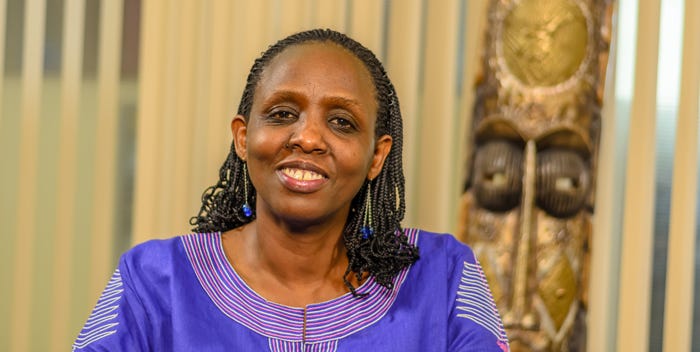
I am a Rwandan born and raised as a refugee in Uganda. My parents were smallholders. Occasionally, my father would sell a cow, and this little income helped put me through school. Though the aspiration was that I would move as far from agriculture as possible, as fortune would have it, I’ve spent my entire career in it.
From 2004 to 2014, I had the privilege of putting my knowledge to work back in my home country of Rwanda, where I served as permanent secretary, then minister of state, and ultimately minister for agriculture, livestock, and fisheries. During this time, Rwanda prioritized agriculture and smallholder farmers, and the country moved from food insecurity to food security, lifting 20 percent of the population out of poverty.
There is nothing more satisfying than seeing a farmer smile when he or she has a good crop and thinks about what to do with money from selling the extra produce. This little additional income can pay for healthcare or send kids to school. Small changes can make a big difference in the lives of farmers struggling to survive; the rest they can do themselves.
